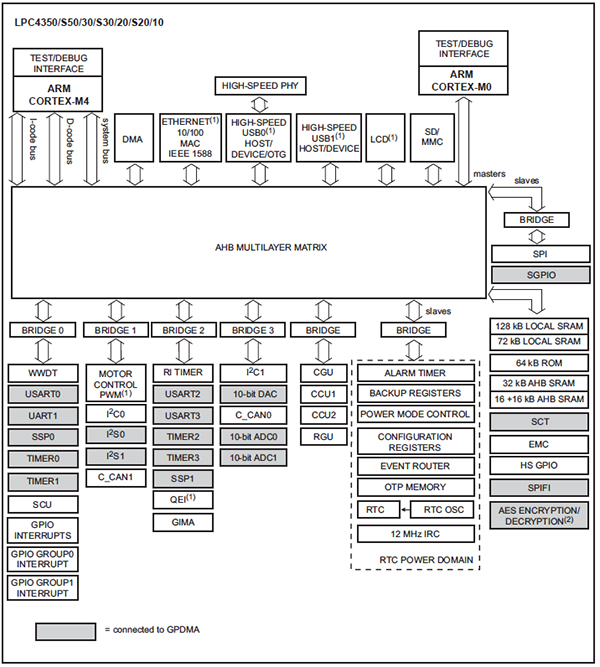MCUs are used as the main control element in just about every application imaginable. Their power and flexibility make them the go-to component at the heart of most designs. Since it is important to make sure that your design cannot be easily copied, reverse engineered or tampered with, modern MCUs now provide a few different options for protecting your design; a good understanding of the capabilities and trade-offs are important in order to determine which approach is best for a given design.
This article will review some of the common approaches to design protection, such as making your MCU unreadable from the outside world, using on-chip capabilities to validate that the code to be executed is unmodified, and using external components to provide more advanced security capabilities. On-board techniques for tamper detection and possible “penalties
For more detail: Protect Your MCU Design from Copying and Reverse Engineering

